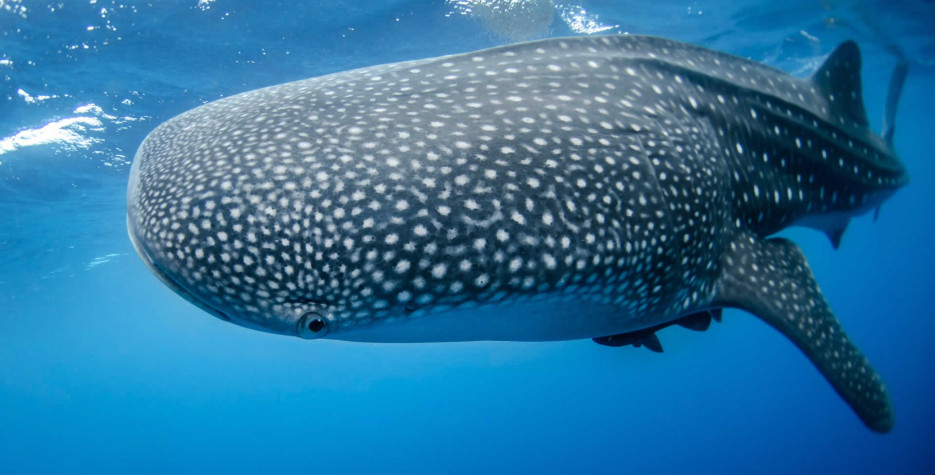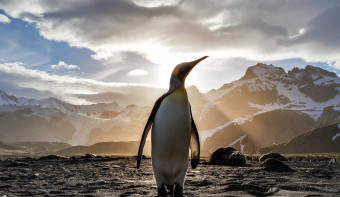About International Whale Shark Day
August 30th has been celebrated as International Whale Shark Day since 2012 in order to raise awareness about these giant species of sharks.
International Whale Shark Day was established to raise awareness about the importance of whale sharks to marine ecosystems, their dwindling population numbers, and to encourage efforts to conserve this species.
Facts about Whale Sharks
Whale sharks are one of the biggest fish species in the world and are found near coral reefs in tropical oceans, and occasionally make their way into temperate areas. Whale sharks have a distinct pattern on their skin that looks like clouds or rain. They have a gray-blue coloration on their backs which fades into white as they go down their sides. These animals can grow up to 50-feet long, weigh over 33 tons.
The whale shark is an efficient filter feeder that relies on plankton, krill, and small fish to survive. Whale sharks can eat up to 40kg of food per hour and may swallow as much as 3,000 pounds of plankton a day. They can live for at least 50 years!
Why are Whale Sharks Endangered?
The main dangers to whale shark populations are people over-fishing them for their meat and fins which are used in soup. The skins are also used for leathers and oils.
In addition, prey depletion and the destruction of their nesting habitat due to rising temperatures that are causing large-scale coral bleaching, has seen their numbers dwindle from 100,000 in the 1980s to less than 10,000 currently.
What Can Be Done to Protect Whale Sharks?
The largest living fish species, the whale shark, is now in danger of extinction. Since 2003, there has been a significant increase in whale shark deaths.
They are now listed as vulnerable to extinction by the IUCN on the IUCN's Red List and still does not have any known conservation policies or laws.
There are a few things that can be done to protect this endangered species, such as the implementation of Marine Protected Areas (MPAs).
MPAs are a response to the unsustainable global fisheries and degradation of coral reefs. In the United States, MPAs have been implemented as part of a fishery conservation strategy. The first MPAs were created in 1972 with the establishment of an MPA around Palmyra Atoll National Wildlife Refuge. Today there are nearly 2,000 US federal MPAs, including both marine and coastal sanctuaries.
In order to protect these creatures, governments and conservationists should also utilize the Convention on International Trade in Endangered Species (CITES) and implement certain protective measures such as increased patrolling of fishing vessels and imposing bans on use of their fins.
Similar Observances
World Penguin Day 🐧
Read More
Other Observances on August 30th 2025
Slinky Day
Read More










